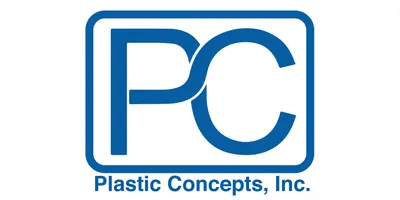How It Works

Problem: According to the Allotrope Foundation, “Underpinning every experiment, every scientific decision, and every regulatory submission is data generated by a scientist using an instrument in the laboratory.” These mountains of analytical data are analyzed and interpreted in global R&D laboratories to help evaluate, identify, and characterize compounds and formulations.

Problem: Microplate readers are a common lab commodity; they’re used across research and drug discovery to detect the occurrence of biological events. However, the potential for experimental errors is a frustrating reality. An incorrect dispensing position, for example, will provide unreliable results—requiring researchers to re-run the assay or, if undetected, lead to faulty data. The same is true if the dispenser isn’t properly primed.

Problem: U.S. food testing labs are closely monitoring discussions over proposed legislation regarding food safety. This year, lawmakers could approve more stringent safety standards. That means food laboratories will be looking for efficient and affordable equipment to help them adhere to regulations.

Problem: Lab managers frequently need access to a wide variety of equipment that is too expensive to purchase.

Problem: In the analytical sciences the common image of mass spectrometry involves researchers in a core facility, analyzing spectra generated by a machine the size of a refrigerator. Because conventional mass spectrometers operate under extreme vacuum, they must be coupled with pumps that are expensive, bulky, noisy, and fragile. These powerhouse systems are designed to accommodate a wide variety of often-disparate needs, and this flexibility adds complexity in both operation and maintenance.

Problem: Research into gastrointestinal diseases often presents clinicians and researchers with difficulties in terms of collecting samples from patients for analysis. The very nature of the gastrointestinal tract makes it relatively inaccessible for simple, effective sampling. Current processes require the patient to collect samples of stool, have a rectal swab taken or a tissue biopsy during endoscopy. Each of these methods is not without its problems, whether for the patient, the clinician, or the researcher.

Problem: A variety of factors can result in obsolete laboratory equipment and R&D devices. Project
completion, equipment upgrade, lab closure, and downsizing all create surplus pharmaceutical assets
no longer required in the same capacity—or at all. Given budget restrictions and the importance placed
on environmentally-sound business practices, organizations can’t afford to allow surplus assets to lie
idle or dispose of them without thought to the process. Surplus requires an innovative and sustainable
process that supports strategic business goals.

Problem: The human genome encodes thousands of secreted proteins, each of which is an actor in
the delicate biochemical balance of diagnostics. Even a slight change in any one of these proteins can
mean the difference between sickness and health. Such a change also provides a critical window into
the body and helps to direct diagnosis and treatment, however, the vast majority of secreted proteins
are present in concentrations well below what conventional technologies can measure, and their role in
human health is poorly understood.













